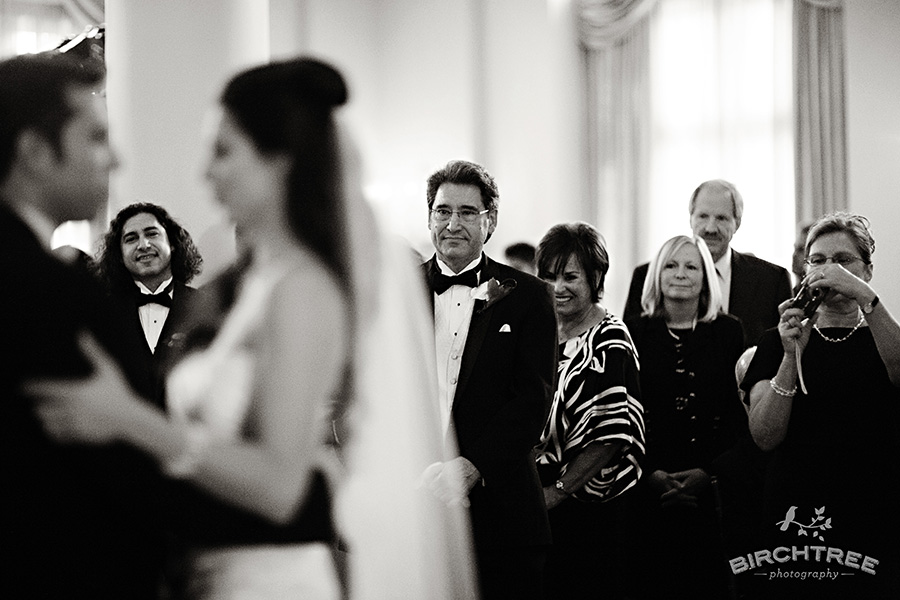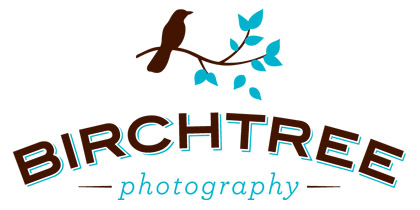The mid-afternoon sun burns down on my shoulders, turning green leaves yellow and casting puzzle-piece shadows on the dirt beneath my feet. I climb upward along the rocky path, watching the ground for roots and ankle-twisting grooves along the path. Astin sprints ahead, leaping effortlessly through the brush and weeds. Gradually, I begin to slow my pace from a run to a jog to a walk, lungs gasping for air, legs quivering from the effort.
Finally, I reach the shade of the forest as the line of trees provides a cool comfort from the summer sun’s rays. I continue climbing the path, moving back to a run when the ground levels out. Astin and I continue like this for half an hour or so, winding our way through the woods along the easy gravel trails. Midway through our descent we come to a place where the trail opens up into a shaded valley, with a dried creek bed puddled in the middle. I slow down and stop.
This is my favorite place in Pittsburgh. Except for the obviously man-made trail, you would never guess you were in the city. The canopy of tall trees provides a cool shade and creates a semblance of standing in a great hall, with trunks for walls and leaves for a roof. I sit on the bench conveniently positioned along the trail and try to take it all in.
Satiated eyes slowly begin to see overlooked details–the twisted bark of long-dead tree trunks, last year’s leaves crumbled into the ground…and myriads of more seemingly insignificant details that gathered together form the whole picture. The more I see, the more I realize how many details I had missed all along the trail. There were simply too many things to see…how could you ever take it all in?
Then I thought about weddings…how many details do I miss by only looking but not seeing while I’m photographing? Patterns are useful and help us to process information, but when our mind’s expectations prevent us from seeing the real story, what good is that?
I resolved to do more seeing at weddings, not just looking for the next expected moment. What great details would I find? What hidden story could I capture? This, I think, makes a good photographer better. Being able to see the invisible–the mundane yet fantastic details, the nuanced expressions, the unexpected moments. To capture those things I must break my mind from looking only for patterned behavior. This may mean not taking a photo of the obvious and expected but instead turning my eye to the subtle, more powerful story just beyond the edge of looking.
Of course, this means I must take more risks. I must risk “missing” the obvious to capture the hidden. I must continually push myself beyond my comfort level, challenging myself to see more and look less. But in the end, I think the rewards are worth it. Guests with cameras can look and take pictures, but I as the photographer must see and take stories.


by mary
michele bowman - i love this post. i feel the same way.
it’s so easy to capture what we’re supposed to capture, but it’s so much more wonderful when we see beyond what’s happening in front of us and see ‘the story’. i love this job!